Explosions à LaSalle
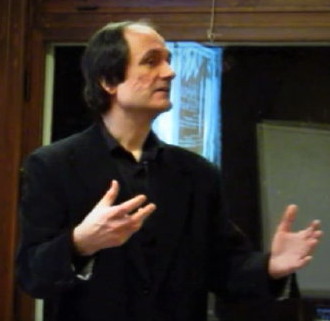 Speaker: Denis Gravel
Speaker: Denis Gravel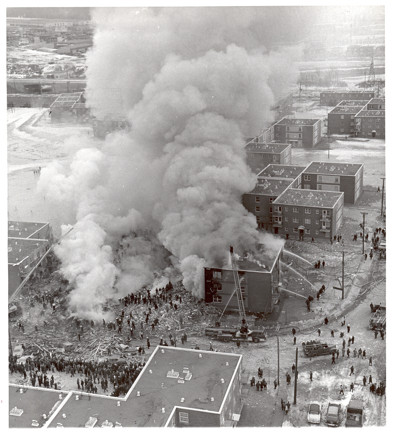
- When: Thursday, March 21, 2019, 7:30 p.m. to 9 p.m.
- Where: Centennial Hall,
- 288 Beaconsfield Blvd, Beaconsfield, H9W 4A4
Lecture in French, followed by a bilingual question period
Denis Gravel will describe the explosions in LaSalle in 1956, 1965 and 1966 (Monsanto): causes, consequences, context of the time, etc. and more specifically the explosion of March 1, 1965 which had caused 28 deaths due to a natural gas leak.
Denis Gravel is an historian. As writer or co-author, he has been involved in the research and writing of about forty books or research reports. His specialty is the history of the municipalities whether they are rural or urban. Architectural heritage and Quebec society complement his main areas of interest.
===============================================
Model Farmer:
Robert Reford and the Origins of Macdonald College in Ste-Anne-de-Bellevue
- Speaker: Alexander Reford
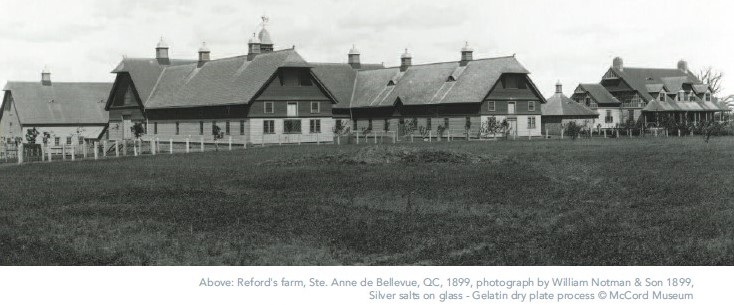
- When: Thursday 21 Feburary 2019, 7:30 p.m. to 9:00 p.m.
- Where: Centennial Hall,
- 288 boul. Beaconsfield, Beaconsfield, H9W 4A4
Lecture in English followed by a bilingual question period
The Reford family’s association with the Beaurepaire or Amable-Curot house at Thompson’s Point is known to members of the Société Historique Beaurepaire-Beaconsfield Historical Society. Less well-known is the role of Robert Reford in creating a model farm in nearby Ste-Anne-de-Bellevue, the basis of the present-day Macdonald Campus of McGill University.
Robert Reford was no farmer. But he was a prosperous Montreal entrepreneur. He was also the country’s leading exporter of live cattle to the United Kingdom. Beginning in 1891, he began to develop a model farm on the Crévier property he purchased north of Ste-Anne-de-Bellevue. He described the impressive complex of barns and outbuildings he built as “the best in Canada if not in America”. Journalists of the time agreed. The farm was also a showcase for a herd of prize-winning Ayrshire dairy cattle imported from Scotland, assembled by one of the best stockmen in the country. Thinking the property ideally suited to become one of the Dominion’s experimental farms, he convinced tobacco magnate Sir William Macdonald to make the farm a key component of his zealous efforts to promote modern agriculture and rural education.
These few acres help illuminate a time and a period. Sifting through family archives and agricultural records, Alexander Reford has assembled the story of the trials and tribulations of his ancestor’s efforts to create one continent’s leading model farms.
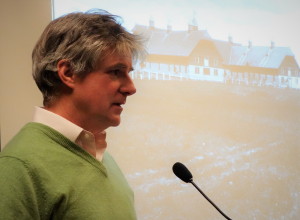
- Des jardins oubliés 1860-1960,
- Guidebook to the Reford Gardens,
- Au rythme du train 1859-1970,
- Elsie’s Paradise – Reford Gardens,
- Treasures of Reford Gardens - Elsie Reford’s Floral Legacy,
- The Metis Lighthouse.
Recently, Mr. Reford produced the exhibition War Flowers / Fleurs d'armes, on display at the Château Ramezay - Historic Site and Museum of Montréal in Old Montréal from October 2018 to March, 2019.
===============================================
The Compass, despite the Aspergillum:
Introduction to the History of Freemasonry
- Speaker: Jacques G. Ruelland, Ph.D.
- When: Thursday, January 17, 2019, 7:30 p.m. to 9 p.m.
- Where: Centennial Hall,
- 288 Beaconsfield Blvd, Beaconsfield, H9W 4A4
Lecture in English, followed by a bilingual question period
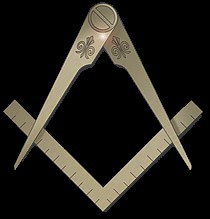
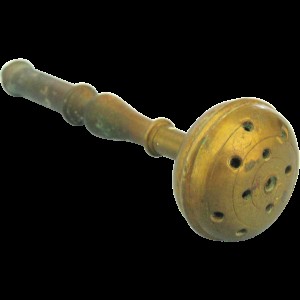 The spirit of the 18th-Century Enlightenment joined the first settlers from Europe to populate New France. Bearing this spirit, Freemasonry, organized as a Grand Lodge in London as soon as 1717 and introduced in France around 1725, settles quickly in North America. But here, it will immediately have to fight for the freedom of thought, facing an intolerant Catholic Church. The speaker will describe this journey and answer the questions that haunt everyone and that nobody dares to ask.
The spirit of the 18th-Century Enlightenment joined the first settlers from Europe to populate New France. Bearing this spirit, Freemasonry, organized as a Grand Lodge in London as soon as 1717 and introduced in France around 1725, settles quickly in North America. But here, it will immediately have to fight for the freedom of thought, facing an intolerant Catholic Church. The speaker will describe this journey and answer the questions that haunt everyone and that nobody dares to ask.
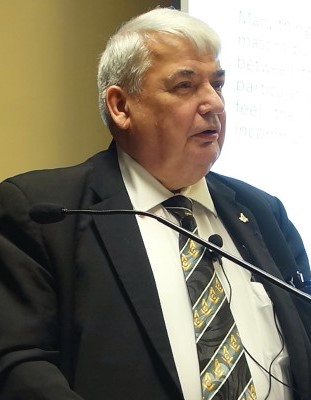
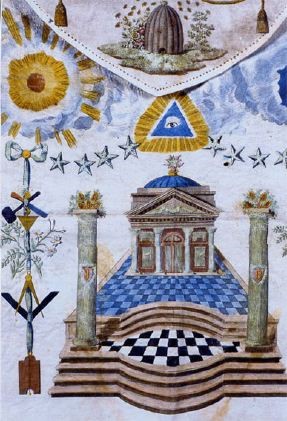
===============================================
The Boer War 1899-1902
- Speaker: James (Jim) Vanstone, M.A., Ph.D.
- When: Thursday, November 15, 2018, 7:30 p.m. to 9 p.m.
- Where: Centennial Hall,
- 288 Beaconsfield Blvd, Beaconsfield, H9W 4A4
- Lecture in English, followed by a bilingual question period
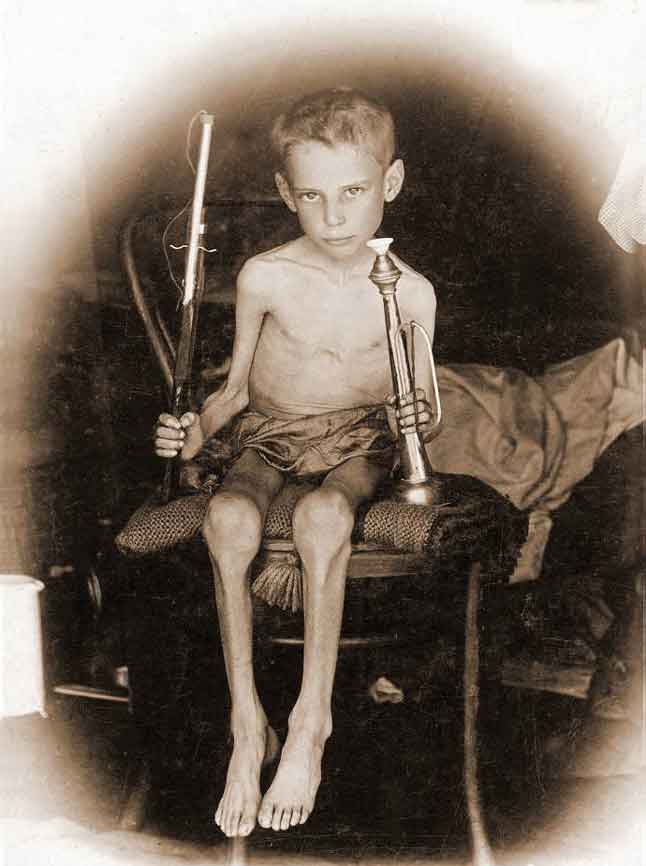 In 1899 the South African Boer War begins between the British Empire and the Boers of the Transvaal and Orange Free State. The Boers, also known as Afrikaners, were the descendants of the original Dutch settlers of southern Africa. Britain took possession of the Dutch Cape colony in 1806 during the Napoleonic wars, sparking resistance from the independence-minded Boers, who resented the Anglicization of South Africa and Britain’s anti-slavery policies. In 1833, the Boers began an exodus into African tribal territory, where they founded the republics of the Transvaal and the Orange Free State. The two new republics lived peaceably with their British neighbours until 1867, when the discovery of diamonds and gold in the region made conflict between the Boer states and Britain inevitable. Minor fighting with Britain began for the second time in the 1890s, and in October 1899 full-scale war ensued. By mid-June 1900, British forces had captured most major Boer cities and formally annexed their territories, but the Boers launched a guerrilla war that frustrated the British occupiers. Beginning in 1901, the British began a strategy of systematically searching out and destroying these guerrilla units, while herding the families of the Boer soldiers into concentration camps. By 1902, the British had crushed the Boer resistance, and on May 31 of that year the Peace of Vereeniging was signed, ending hostilities. The treaty recognized the British military administration over Transvaal and the Orange Free State and authorized a general amnesty for Boer forces. In 1910, the autonomous Union of South Africa was established by the British. It included Transvaal, the Orange Free State, the Cape of Good Hope, and Natal as provinces.
In 1899 the South African Boer War begins between the British Empire and the Boers of the Transvaal and Orange Free State. The Boers, also known as Afrikaners, were the descendants of the original Dutch settlers of southern Africa. Britain took possession of the Dutch Cape colony in 1806 during the Napoleonic wars, sparking resistance from the independence-minded Boers, who resented the Anglicization of South Africa and Britain’s anti-slavery policies. In 1833, the Boers began an exodus into African tribal territory, where they founded the republics of the Transvaal and the Orange Free State. The two new republics lived peaceably with their British neighbours until 1867, when the discovery of diamonds and gold in the region made conflict between the Boer states and Britain inevitable. Minor fighting with Britain began for the second time in the 1890s, and in October 1899 full-scale war ensued. By mid-June 1900, British forces had captured most major Boer cities and formally annexed their territories, but the Boers launched a guerrilla war that frustrated the British occupiers. Beginning in 1901, the British began a strategy of systematically searching out and destroying these guerrilla units, while herding the families of the Boer soldiers into concentration camps. By 1902, the British had crushed the Boer resistance, and on May 31 of that year the Peace of Vereeniging was signed, ending hostilities. The treaty recognized the British military administration over Transvaal and the Orange Free State and authorized a general amnesty for Boer forces. In 1910, the autonomous Union of South Africa was established by the British. It included Transvaal, the Orange Free State, the Cape of Good Hope, and Natal as provinces.
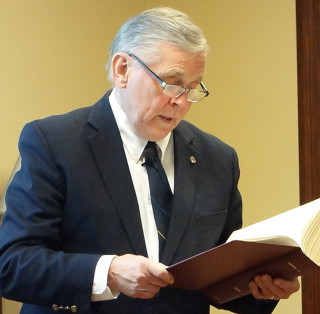
===============================================
Interethnic Relations in the Great War;
Demystification of the Oppressed French-Canadian Soldier's Myth
- Speaker: Céleste Lalime
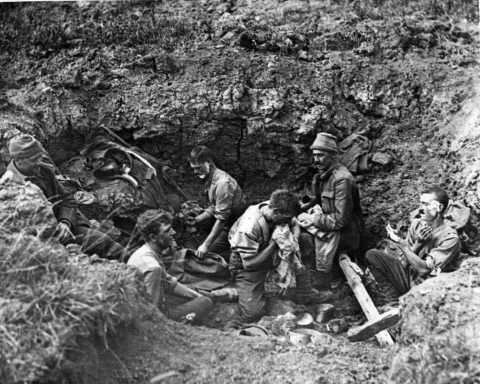
- When: Thursday, October 18, 2018, 7:30 p.m. to 9 p.m.
- Where: Centennial Hall,
- 288 Beaconsfield Blvd, Beaconsfield, H9W 4A4
Lecture in English, followed by a bilingual question period
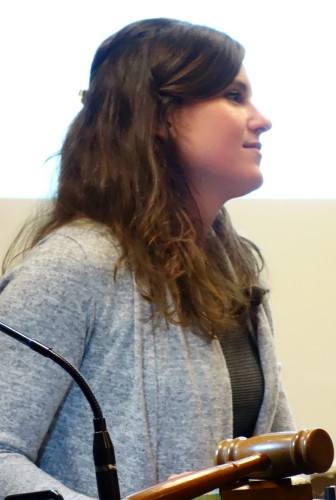
The First World War inevitably brings back painful memories in the province of Quebec. Quebeckers have a negative recollection of the war, viewing themselves as victims. Events related to the Great War such as the conscription crisis, the Easter riots and the inhospitality expressed by the Canadian Forces towards French Canadians are emotionally-charged memories that have nurtured this conception. Integrated in both the historiography and popular beliefs, the idea of the oppressed French Canadian will be questioned through this lecture. This presentation aims at re-examining this idea by surveying contemporary sources: the Anglophone press and testimonies from soldiers. Its objective is to reassess the attitude and perception of Canadian Anglophones towards French Canadians, and more broadly the nature of interethnic relationships in the army during the First World War.
Céleste Lalime is a historian, speaker and history teacher. She received the highest distinction for her master’s thesis in history at Université de Montréal. She has worked on First World War battlefields at Vimy and Beaumont-Hamel as a guide-interpreter and research agent in history. She participates in the elaboration of a work about the Mont-Royal Fusiliers led by the National Defense, teaches history at College Bourget and collaborates to international and interuniversity conferences and seminars about World War 1.
================================================
Sir Wilfrid Laurier: The Man, the Collectables
- Speaker: Jean-Pierre Dion, Ph. D.
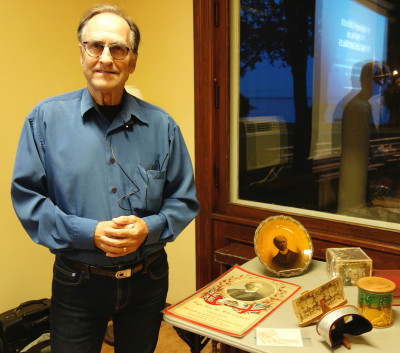
- When: Thursday, September 20, 2018, 7:30 p.m. to 9 p.m.
- Where: Centennial Hall,
- 288 Beaconsfield Blvd, Beaconsfield, H9W 4A4
Lecture in English, followed by a bilingual question period.
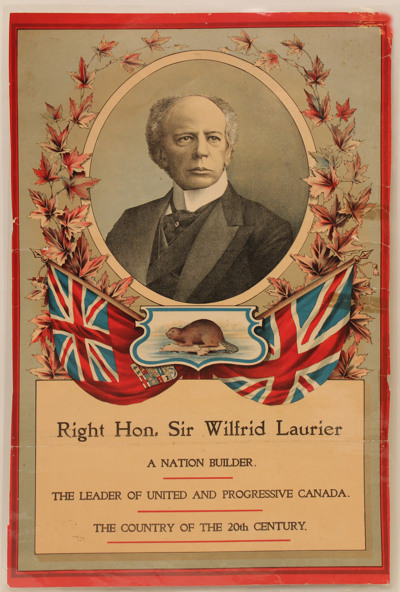 Wilfrid Laurier (1841-1919) has been leader of the Liberal Party of Canada for over 30 years and Prime Minister of Canada for 15 consecutive years (1896-1911). Very popular during his lifetime as well as after his death, Laurier remains one of the most admired Canadian statesmen. Not surprisingly, there are more memorabilia (collectables) related to Laurier than to the other Prime Ministers all together. This lecture will describe some Laurier collectables: painting, photographs, furniture, ceramic plates, glassware, tobacco items, books and so forth, connecting them to special events in the life of Laurier.
Wilfrid Laurier (1841-1919) has been leader of the Liberal Party of Canada for over 30 years and Prime Minister of Canada for 15 consecutive years (1896-1911). Very popular during his lifetime as well as after his death, Laurier remains one of the most admired Canadian statesmen. Not surprisingly, there are more memorabilia (collectables) related to Laurier than to the other Prime Ministers all together. This lecture will describe some Laurier collectables: painting, photographs, furniture, ceramic plates, glassware, tobacco items, books and so forth, connecting them to special events in the life of Laurier.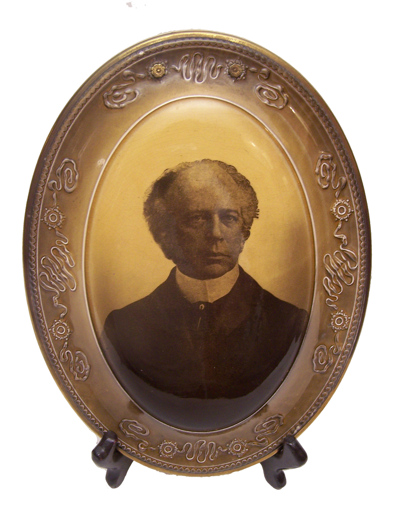
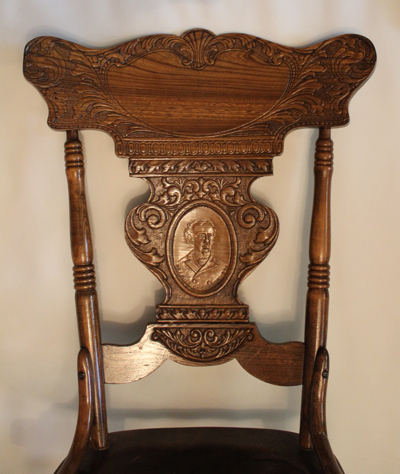
Jean-Pierre Dion, Ph.D., is a retired professor at l'Université du Québec à Montréal. For nearly fifty years, he has been collecting, with his wife Jacqueline Beaudry Dion, the Canadian heritage of the 19th and 20th centuries, including ancient books, ceramics and glass, subjects on which the couple has made many Conferences and publications. A few days ago, the couple also launched a tenth book: Peinture sur porcelaine dans les institutions religieuses au Québec, 1890-1955. Over the years various mementos by Wilfrid Laurier have accumulated. Our speaker today presents them to us by situating them in their context.
================================================
In 2018-2019, the Beaurepaire-Beaconsfield Historical Society hosted various lectures on history.
Our lectures take place on the 3rd Thursday of the month, from 7:30 p.m. to 9 p.m.
January 17, 2019 – Jacques Ruelland – Freemasonry
February 21, 2019 –Alexander Reford – Model Farmer-Robert Reford and the Origins of Macdonald College in Ste-Anne-de-Bellevue
March 21, 2019 – Denis Gravel – Explosions à LaSalle (in French)
April 18, 2019 – Michel Belisle – LA VILLEGGIATURA
May 16, 2019 – Hélène Jasmin – THE LAKE DISTRICT, a jewel in the British Crown
Everyone welcome.
Free for members; $2 for non-members
Become a member for $5 per year
Information: Contact us
============================================
Pierre LeSueur and Marguerite Messier travelling from Montréal to Louisiana in 1704 and 1705 for a new life, in a new colony
Guest Speaker: Marcel Lussier, Eng., M.Sc.
When: Thursday, May 17, 2018, from 7:30 p.m. to 9 p.m.
Where: Centennial Hall
288 Beaconsfield Blvd, Beaconsfield, H9W 4A4
Lecture in English followed by a bilingual question period.
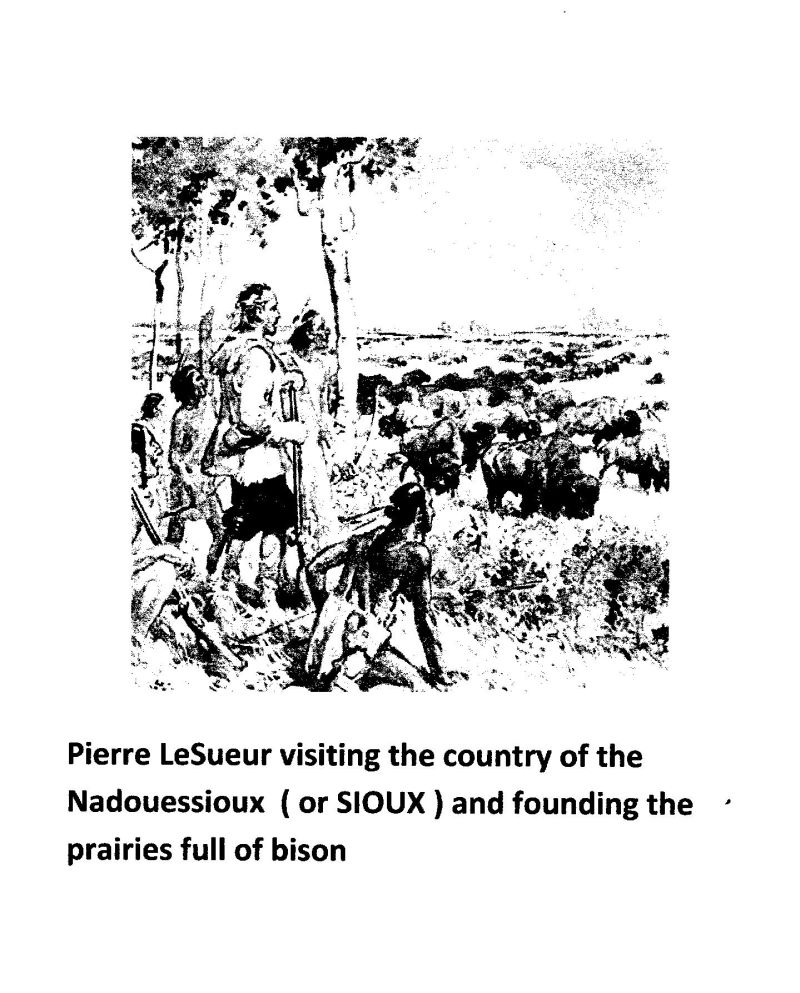 Pierre LeSueur, coureur des bois, explorer and trader, decided to migrate to Louisiana and to establish his family in the Biloxi area, a new French fort on the Golf of Mexico. He travelled by sea on a boat called the Pélican from France to the Caribbean’s. First stop in Saint-Domingue (Haiti), then in Cuba.
Pierre LeSueur, coureur des bois, explorer and trader, decided to migrate to Louisiana and to establish his family in the Biloxi area, a new French fort on the Golf of Mexico. He travelled by sea on a boat called the Pélican from France to the Caribbean’s. First stop in Saint-Domingue (Haiti), then in Cuba.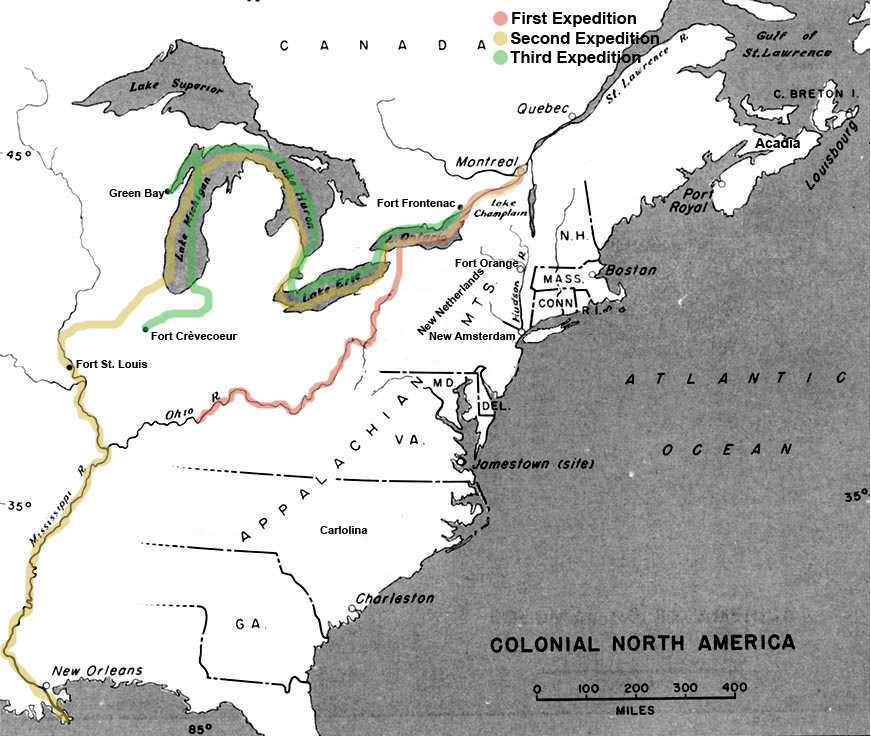
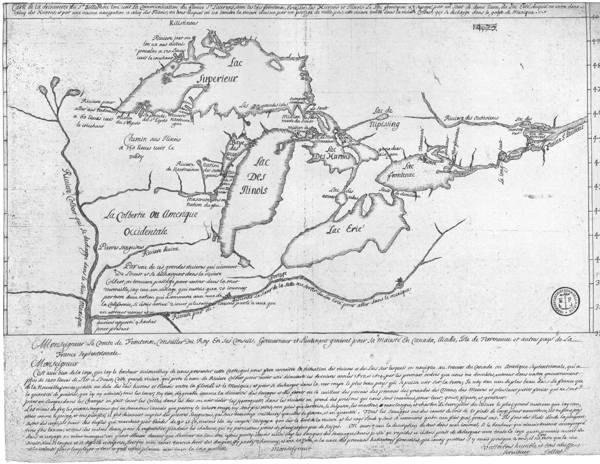
During that time, his wife Marguerite Messier and their five kids left Montréal by canoes heading to the Great Lakes, spending the winter at fort Michillimakinac. In springtime, she travelled south down the Mississippi River and arrived at fort Biloxi in June 1705.
The lecture will explain the path, the difficulties and the surprises met by both members of the LeSueur couple!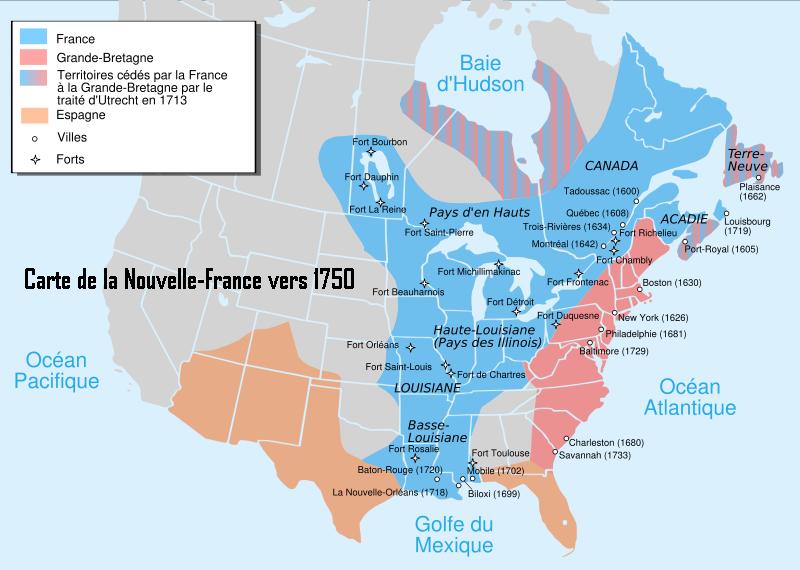
Our speaker, Marcel Lussier, Eng., M.Sc., has been sanitary engineer and environmental adviser for 22 years for Hydro-Québec (on the retired list in 2003).
Three years (2003-2005) as president of an Environmental Consulting Group of the International Joint Commission Canada-United States studying the water levels of Lake Ontario and of the St-Lawrence River.
Searcher (or inquirer) and lecture in historical or environmental conferences, such as FRONTENAC, LASALLE, D'IBERVILLE or CLIMATE CHANGES and WATER PROBLEMS.
Member of different Historical Societies and also Member of Parliament for Brossard-LaPrairie (2006-2008).
================================================
Murder Will Out – Two Centuries Later
Guest Speaker: John Kalbfleisch
When: Thursday, April 19, 2018, from 7:30 p.m. to 9 p.m.
Where: Centennial Hall
288 Beaconsfield Blvd, Beaconsfield, H9W 4A4
Lecture in English followed by a bilingual question period. 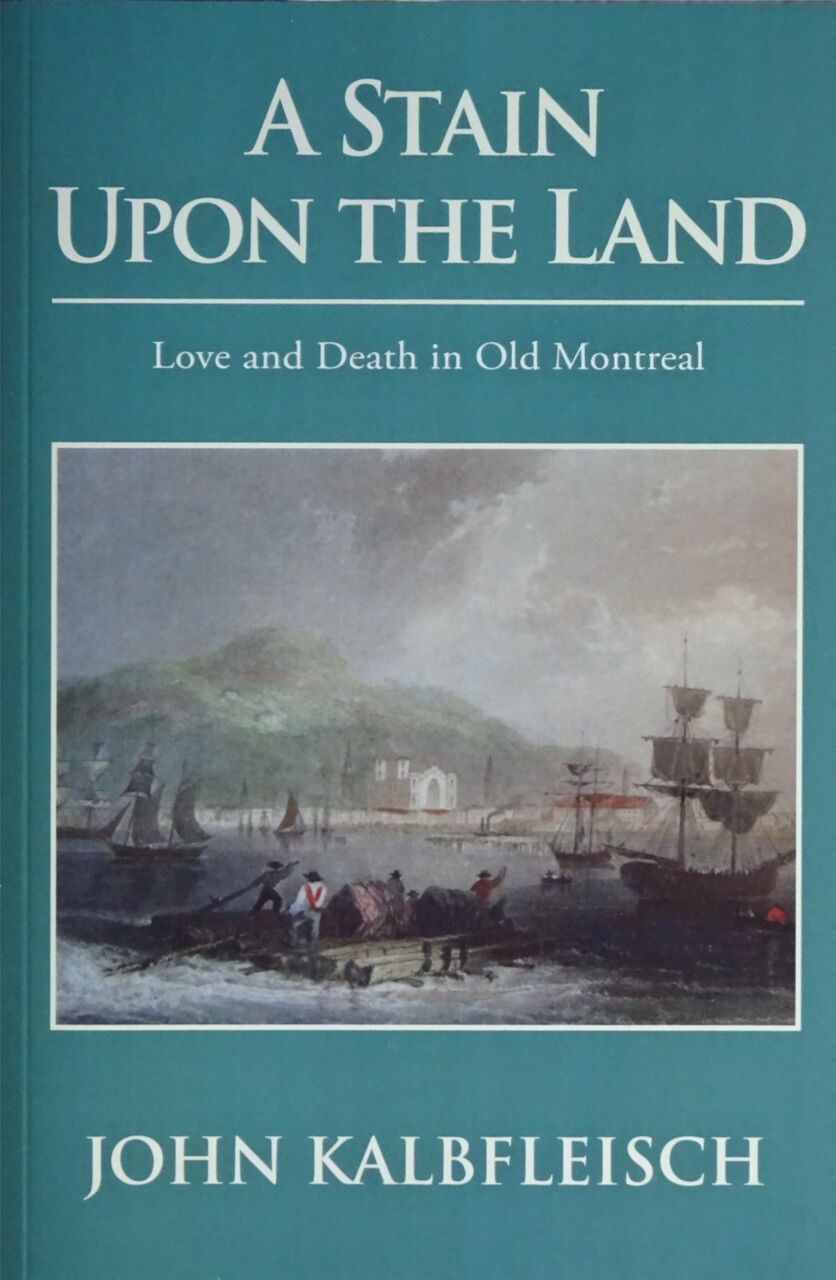
Robert Watson was a member of the prominent Ogilvie flour-milling family. When a shotgun blast tore into his back in 1827, it not only horrified the bustling city of Montreal but also launched a mystery that endures to this day: who killed the unsuspecting Watson, and why? Mr. Kalbfleisch has long been fascinated by the crime, and his new novel, A Stain Upon the Land, wrestles with those two haunting questions.
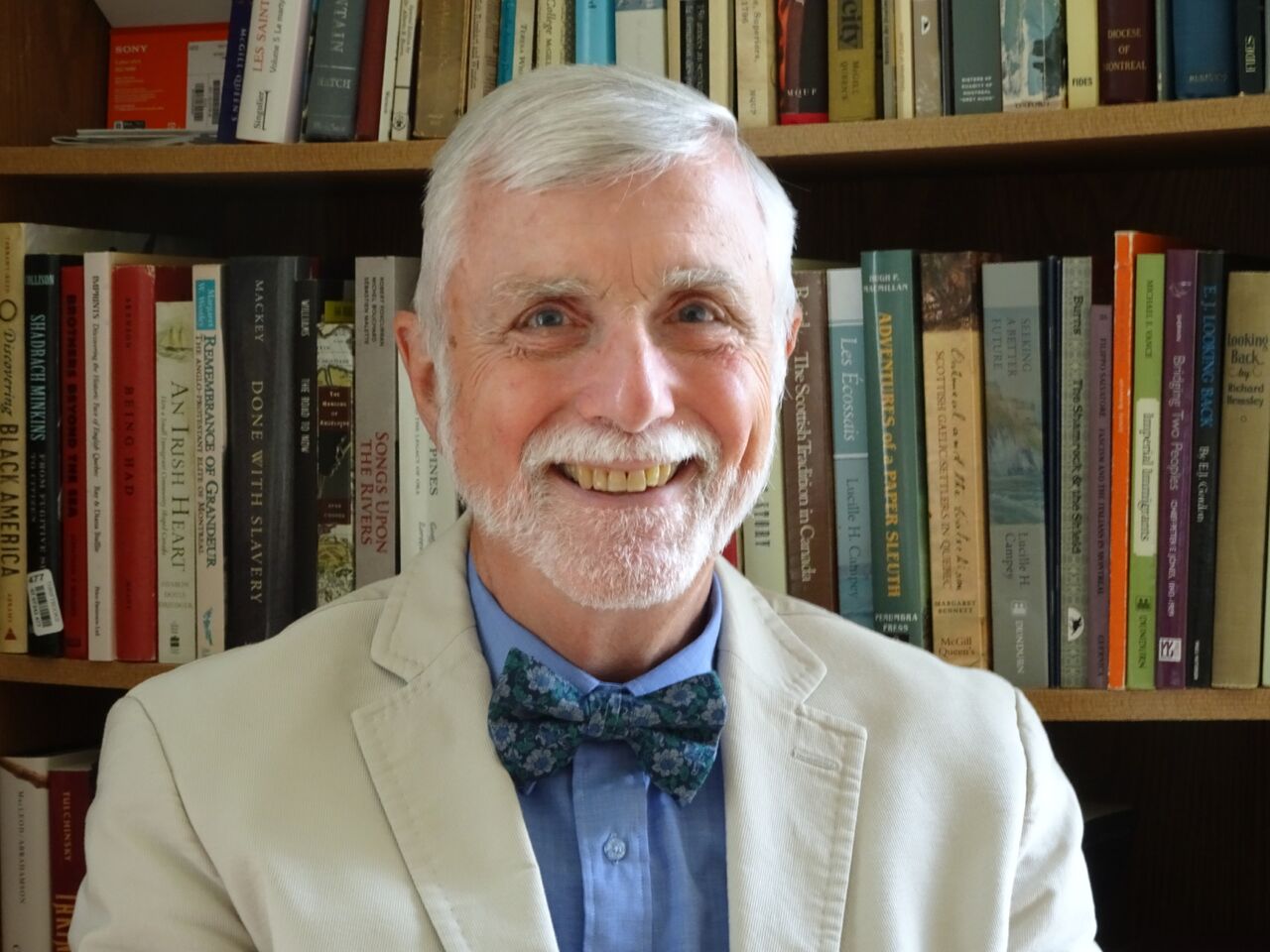 Longtime Montreal Gazette journalist John Kalbfleisch began writing a regular column on the city’s history for the newspaper in 2000. His novel A Stain Upon the Land was published in June 2017. He is also the author of Le cadeau royal: Histoire de la ville de Mont-Royal / The Royal Gift: a History of Town of Mount Royal (2013) and This Island In Time: Remarkable Tales from Montreal’s Past (Véhicule Press, 2008), and is the co-author of Montreal’s Century: a Record of the News and People Who Shaped the City in the 20th Century (Trécarré, 1999).
Longtime Montreal Gazette journalist John Kalbfleisch began writing a regular column on the city’s history for the newspaper in 2000. His novel A Stain Upon the Land was published in June 2017. He is also the author of Le cadeau royal: Histoire de la ville de Mont-Royal / The Royal Gift: a History of Town of Mount Royal (2013) and This Island In Time: Remarkable Tales from Montreal’s Past (Véhicule Press, 2008), and is the co-author of Montreal’s Century: a Record of the News and People Who Shaped the City in the 20th Century (Trécarré, 1999).
================================================
Sir Henri-Gustave Joly de Lotbinière
followed by
Les droits des femmes dans le Bas-Canada
Guest Speakers: Jean-Pierre Raymond and Andrée Aubut
When: Thursday, March 15, 2018, from 7:30 p.m. to 9 p.m.
Where: Centennial Hall
288 Beaconsfield Blvd, Beaconsfield, H9W 4A4
Lecture in French with English PowerPoint slides, followed by a bilingual question period.
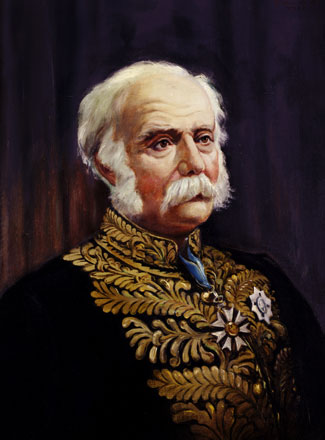
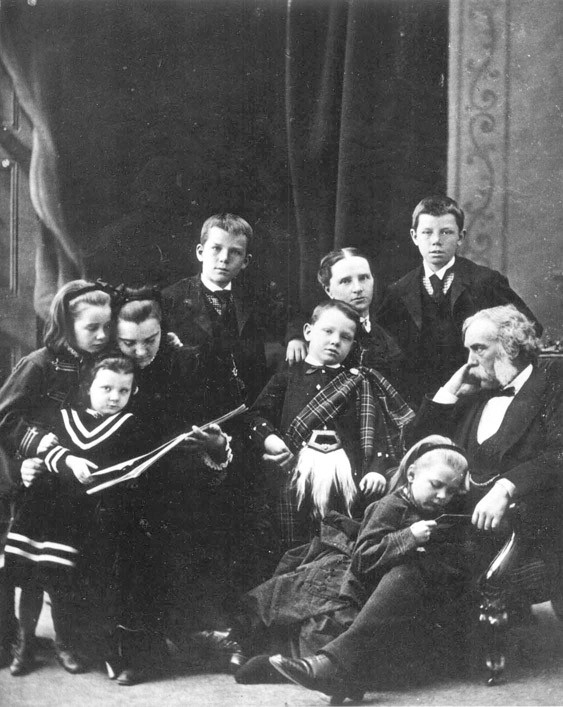 First, Jean-Pierre Raymond will talk about "Sir Henri-Gustave Joly de Lotbinière", first leader of the Quebec Liberal Party 150 years ago and first Prime Minister of the Quebec Liberal Party in 1878-79. He is a descendant of the two engineers Michel Chartier de Lotbinière and Gaspard-Joseph Chaussegros de Léry. He is the father of two engineers who will be generals in the First World War and his four daughters married engineers one of which will be general. He is also the father of sustainable development in forestry.
First, Jean-Pierre Raymond will talk about "Sir Henri-Gustave Joly de Lotbinière", first leader of the Quebec Liberal Party 150 years ago and first Prime Minister of the Quebec Liberal Party in 1878-79. He is a descendant of the two engineers Michel Chartier de Lotbinière and Gaspard-Joseph Chaussegros de Léry. He is the father of two engineers who will be generals in the First World War and his four daughters married engineers one of which will be general. He is also the father of sustainable development in forestry.
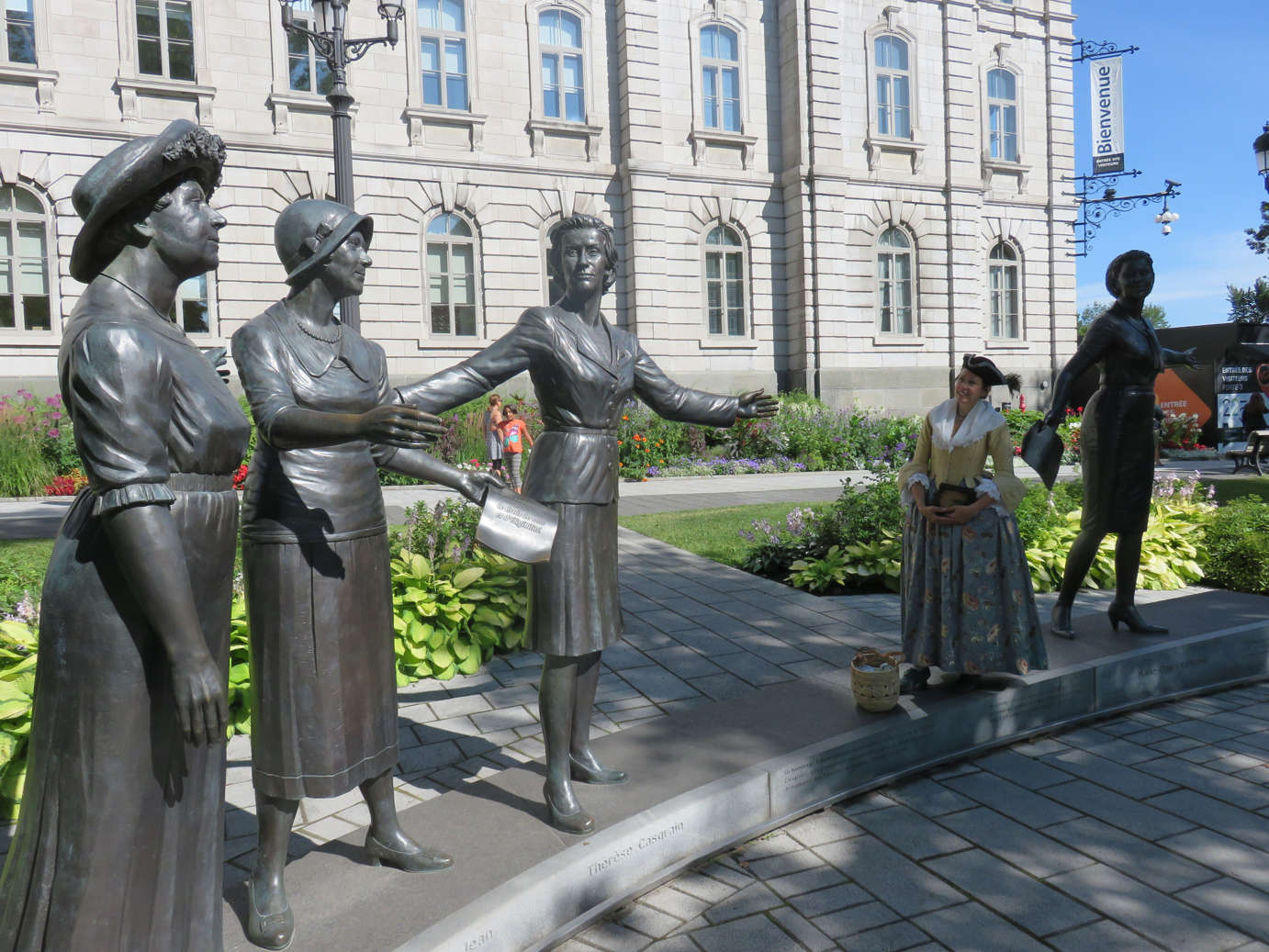 Following this, Andrée Aubut will commemorate the 100th anniversary of women's right to vote in Canada with a presentation entitled "Women's Rights in Lower Canada", recalling that women have already had the right to vote in Lower Canada between 1791 and 1849. She will explain how women like Louise-Magdeleine Chaussegros de Léry, her daughter-in-law Mary-Charlotte Munro de Fowlis and her granddaughter Julie-Christine Chartier de Lotbinière benefited from the peculiarities of the French law known as Coutume de Paris enshrined in the Act of Quebec for the second version of the province of Quebec (1774). Julie-Christine is the mother of Henri-Gustave.
Following this, Andrée Aubut will commemorate the 100th anniversary of women's right to vote in Canada with a presentation entitled "Women's Rights in Lower Canada", recalling that women have already had the right to vote in Lower Canada between 1791 and 1849. She will explain how women like Louise-Magdeleine Chaussegros de Léry, her daughter-in-law Mary-Charlotte Munro de Fowlis and her granddaughter Julie-Christine Chartier de Lotbinière benefited from the peculiarities of the French law known as Coutume de Paris enshrined in the Act of Quebec for the second version of the province of Quebec (1774). Julie-Christine is the mother of Henri-Gustave.
Both presentations will be in French and the Power Point in English, allowing for a bilingual presentation.
Jean-Pierre Raymond is a retired engineer, passionate about history who studies the first Canadian engineers.
Andrée Aubut is a retired teacher who is interested in the history of women in Nouvelle-France and under British regime and in particular the laws that applied to property rights.
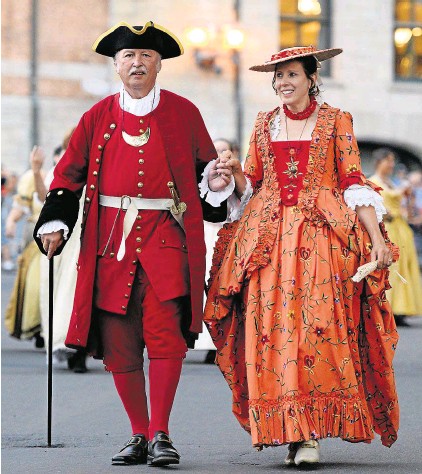 The two personifies in period costumes historical figures like the couples Gaspard-Joseph Chaussegros de Léry and Marie-Renée Legardeur de Beauvais, Michel Chartier de Lotbinière and Louise-Magdeleine Chaussegros de Léry, Ralph-Henri Bruyère and Janet Dunbar and finally Henri-Gustave Joly and Margharetta-Josepha Gowen.
The two personifies in period costumes historical figures like the couples Gaspard-Joseph Chaussegros de Léry and Marie-Renée Legardeur de Beauvais, Michel Chartier de Lotbinière and Louise-Magdeleine Chaussegros de Léry, Ralph-Henri Bruyère and Janet Dunbar and finally Henri-Gustave Joly and Margharetta-Josepha Gowen.
================================================
© 2011 - 2025 Société Historique Beaurepaire-Beaconsfield



